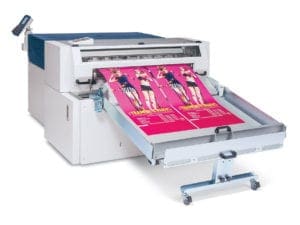How Much Do Wide Format Printers Cost in 2025?
Wide-format printers, also called large-format printers usually cost between $5,000 and $65,000 and more. Standard sizes are roughly 22″, and can range to 60″ or larger. Calculate your cost, start here:
As of January 2025, the cost of wide-format printers varies significantly based on features, capabilities, and intended use. Here’s a general overview:
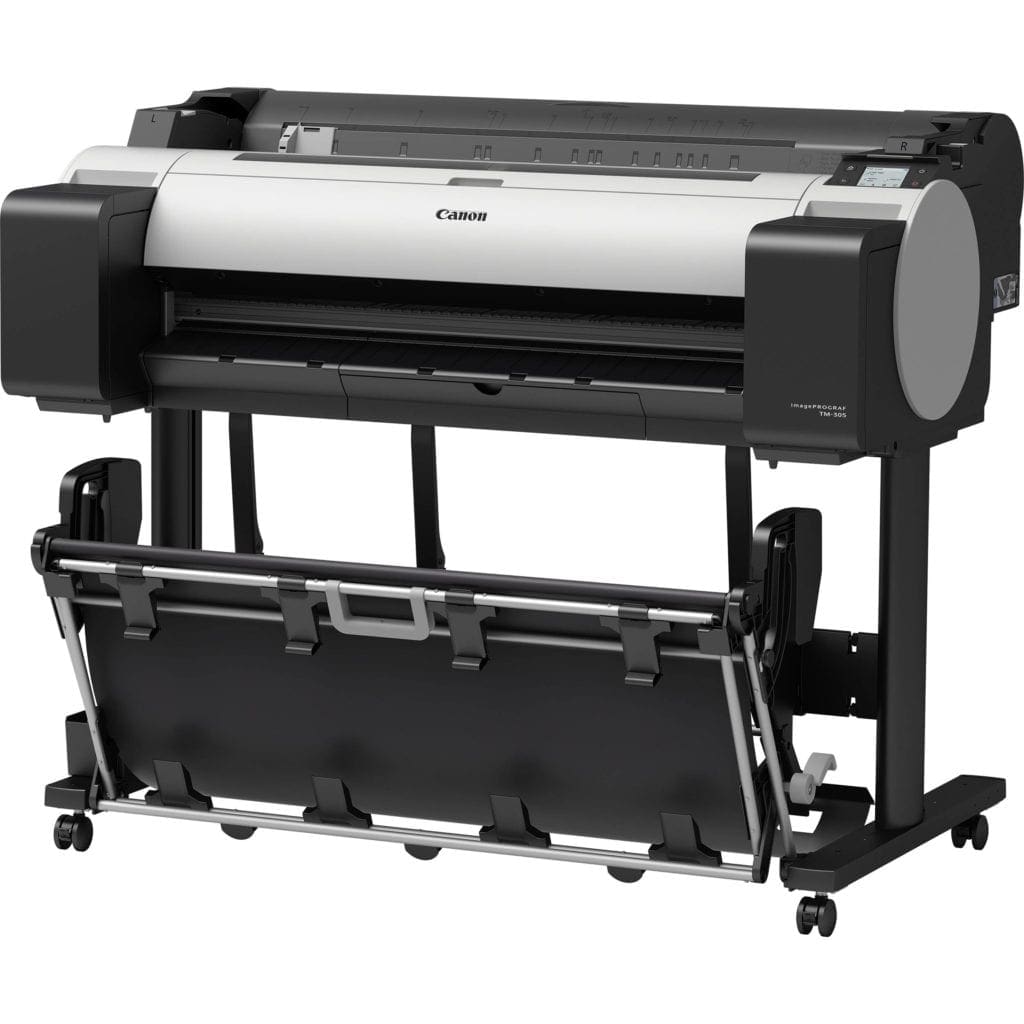 Entry-Level Models: Designed for small businesses or personal use, these printers handle moderate printing volumes and standard media types. Prices typically range from $300 to $1,100.
Entry-Level Models: Designed for small businesses or personal use, these printers handle moderate printing volumes and standard media types. Prices typically range from $300 to $1,100.
Mid-Range Models: Suitable for professional photographers, design studios, or small print shops, these printers offer higher resolution and support a wider range of media. Prices generally fall between $1,200 and $5,200.
High-End Models: Intended for large enterprises or specialized printing services, these printers provide advanced features, faster speeds, and support for various media types and sizes. Prices can range from $5,300 to $650,000 or more, depending on the configuration.
What are Wide Format Printers?
Wide-format printers are like regular printers but designed to print on much larger paper or materials. Instead of just printing on standard letter-size paper, these printers can handle widths of 18 inches or more, with some going up to 100 inches or more.
What do they print on?
They can print on a variety of materials, including:
- Large sheets of paper
- Vinyl for banners
- Fabric for flags
- Canvas for art
- Poster board
Who uses them?
Wide-format printers are commonly used by:
- Businesses that create posters, signs, or banners
- Architects and engineers for blueprints
- Photographers for large photo prints
- Event planners for backdrops or promotional materials
Why are they useful?
They make it possible to create big, high-quality prints in one piece, which is hard to do with smaller printers. They’re essential for projects that require attention-grabbing, oversized visuals.
How Do Wide Format Printers Work?
Companies do great things with wide format printing. As an example, the Philadelphia Eagles used the wide-format medium as a way to keep fans involved in the game during the pandemic.
A wide format printer is also called a large format printer. There are two general kinds of wide-format printers.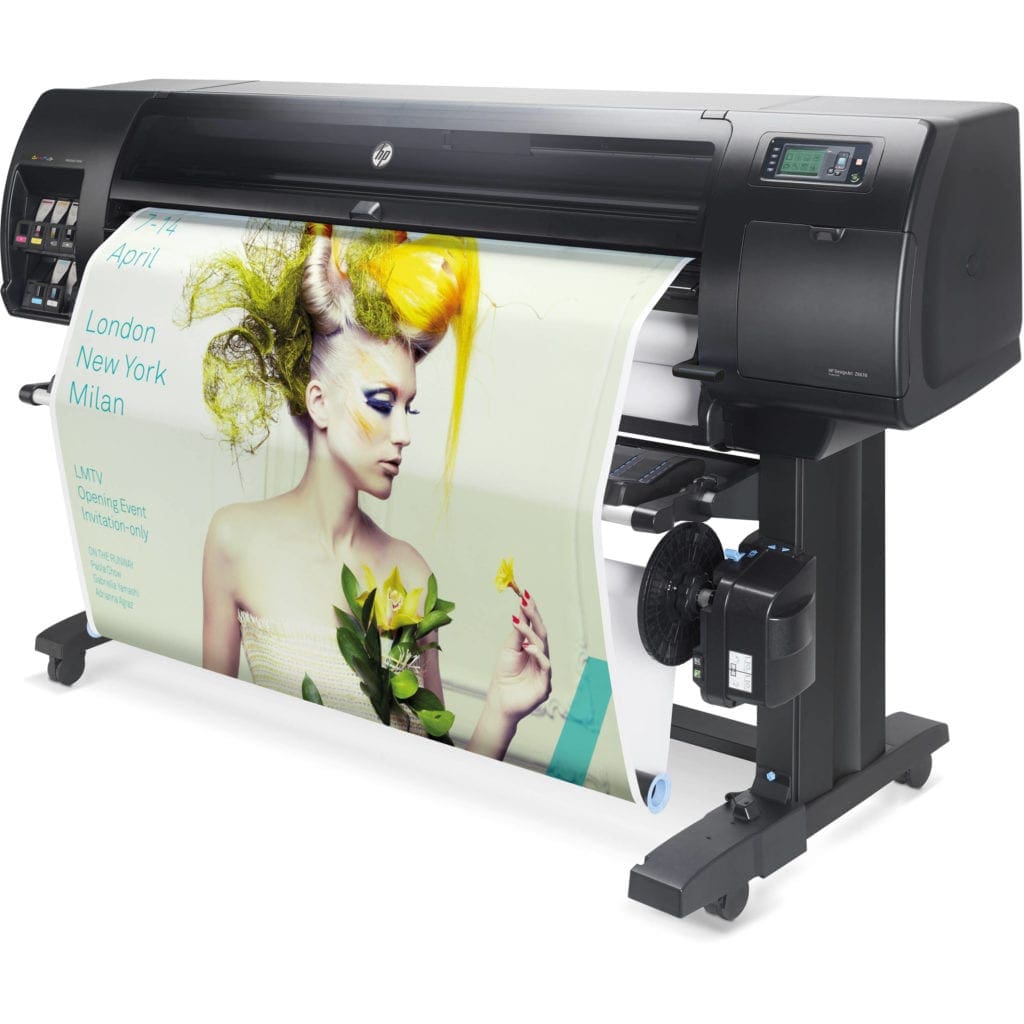
First, there are toner printers that use heat to fuse dry toner to the paper. This kind of wide format printer is more expensive compared to the second alternative. However, it costs less to replenish toner-based printing supplies.
The second wide format printer alternative is an inkjet printer. This kind of printer fuses the ink to color paper.
An inkjet printer provides more resolution compared to a toner printer. It’s also capable of printing on many media other than paper.
When choosing a wide format printer, size is the most important consideration. Most wide format printers are 36-inch models.
However, they may vary give or take a few inches in either direction. The biggest wide format printers are wider than 60 inches. They’re called grand format printers.
In addition to choosing a printer size, you can also choose between a black and white or color wide format printer. Also, you can buy one with or without a scanner.
There’s a range of wide format printer features available. The features that you choose will depend on your needs.
Wide Format Sample Printer Prices:
The price of wide-format printers varies based on the quality of the printer as well as the size. Prices also differ among manufacturers and printer type.
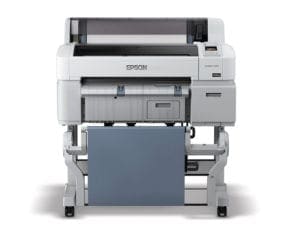 It’s also important to consider how long a wide format printer will last. For example, a printer that uses toner costs more upfront. However, it might last twice as long as an inkjet printer.
It’s also important to consider how long a wide format printer will last. For example, a printer that uses toner costs more upfront. However, it might last twice as long as an inkjet printer.
You may pay between $1,100 to $2,000 for a 24-inch-wide format inkjet printer. Meanwhile, a 36-inch-wide format inkjet printer might cost between $2,000 and $5,000. A wide-format UV flatbed printer might cost between $9,000 and $10,030.
An entry-level grand format printer that’s 60 inches wide may cost between $9,200 and $16,500. Alternatively, a top-of-the-line 60-inch Ricoh grand format printer might cost between $50,000 to $60,000.
Toner printers have a much wider price range. A smaller low-end wide format printer, for instance, might cost between $10,000 to $15,000. Alternatively, a larger, newer wide format printer may cost anywhere from $61,000 to $65,000.
You might want to save on your initial investment by purchasing a used wide format printer. If this sounds appealing, you might want to weigh the benefits of new and used printers.
Choosing the Right Wide Format Printer Features
Wide-format printers have many benefits and features. It’s a good idea to think about the features that you need before comparing printer costs. Some can sit on a desk or office table.
| Feature | Why It Matters |
|---|---|
| Print Width | Determines the maximum size of materials you can print on (e.g., 24″, 36″, 64″). |
| Resolution (DPI) | Higher DPI (dots per inch) means sharper and more detailed prints. |
| Printing Speed | Affects how quickly jobs are completed, especially for large projects. |
| Media Compatibility | Ensures the printer can handle different materials like paper, vinyl, canvas, etc. |
| Ink Type | Look for options like dye, pigment, or eco-solvent inks based on print durability. |
| Connectivity Options | Wireless, USB, Ethernet, or cloud-based options for convenience. |
| Color Management | Accurate color reproduction for professional-quality prints. |
| Durability & Maintenance | Reliable build quality and easy-to-replace parts for minimal downtime. |
| Software Compatibility | Works seamlessly with design software like Adobe Illustrator or CAD programs. |
| Energy Efficiency | Reduces operational costs by consuming less power. |
| Size & Space Requirements | Consider the physical dimensions and space needed for setup. |
| Cost of Consumables | Check prices for ink, maintenance cartridges, and other recurring costs. |
| Warranty & Support | Ensures manufacturer support for repairs and technical issues. |
The above table will help you prioritize what’s most important based on your needs and budget.
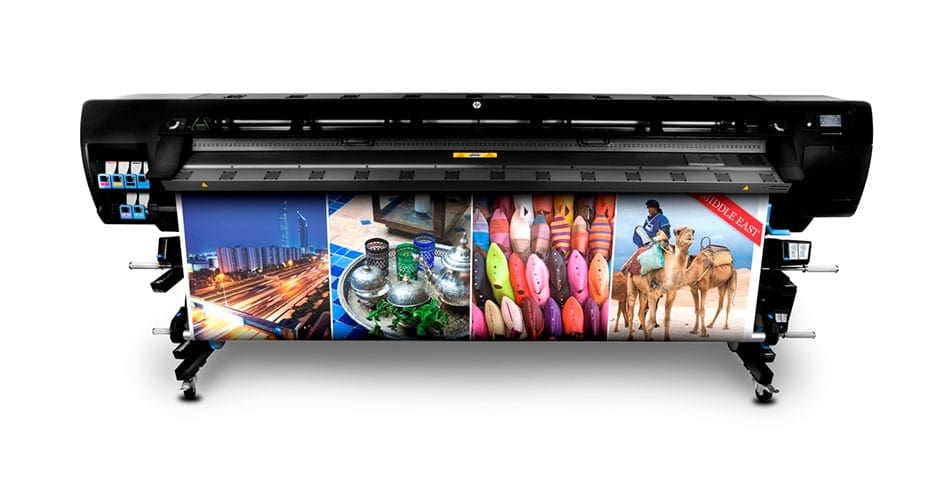
Which is Better, Toner-based or Inkjet Printers?
Wide-format printers generally use one of two technologies: toner-based or inkjet. Here’s how they differ and what to consider when choosing between them.
Toner-Based Printers
Toner printers use a dry powder (toner) that is transferred onto the print surface using a drum. The toner is then fused to the paper through heat and pressure. These printers are often preferred for technical applications, such as architectural, engineering, and construction (AEC) projects, because they excel at producing sharp lines and precise details on technical drawings and blueprints.
Inkjet Printers
Inkjet printers, on the other hand, spray liquid ink onto the paper through tiny nozzles in a print head. The process involves heating the ink and creating fine droplets, a method often referred to as thermal inkjet technology. Inkjet printers are typically favored for graphic-intensive applications, like posters, banners, and high-quality photographs, thanks to their ability to produce vibrant colors and detailed images.
Which Should You Choose?
The choice depends on your specific needs:
- If you’re printing technical documents like CAD drawings, a toner-based printer is the better option.
- If your focus is on colorful, eye-catching graphics, an inkjet printer will deliver superior results.
A Quick Note on Terminology
The term “plotter” is outdated. It originally referred to machines that used a pen on a moving arm to draw designs. Modern advances in toner and inkjet technologies have made those devices obsolete, as today’s wide-format printers offer far greater efficiency and capability.
Top Wide Format Printer Dealers
When selecting a wide-format printer, partnering with a reputable dealer is essential to ensure quality products and reliable support. Below is a list of eight top dealers, along with key information about each:
| Dealer | Description | Website |
|---|---|---|
| Mimaki USA | A leading manufacturer offering a diverse range of wide-format printers, including solutions for signs, graphics, textiles, industrial applications, and 3D printing. | mimakiusa.com |
| Epson Certified Solution Centers | Provides in-person and virtual demonstrations of Epson’s large-format printing technologies, catering to various professional imaging needs. | epson.com |
| HP Large-Format Printers | Offers a comprehensive selection of large-format printers suitable for architectural, technical, graphics, and textile applications, with various models to meet different business needs. | hp.com |
| Canon U.S.A. Authorized Dealers | Provides a network of authorized dealers offering Canon’s wide-format printers, known for high-quality output and reliability across various professional applications. | usa.canon.com |
| Sterling Business Systems | Specializes in Canon wide-format printers, offering sales, rentals, and services tailored to professionals needing full-color drawings, renderings, and posters. | sterling-digital.com |
| USCutter | Provides a variety of wide-format printing solutions, including HP Latex printers and related supplies, catering to diverse printing needs. | uscutter.com |
| Best Buy | Offers a selection of wide-format printers suitable for various needs, including models from reputable brands like Canon and HP, with options for in-store pickup or delivery. | bestbuy.com |
| PC Guide | Provides reviews and guides on top large-format printers, helping consumers make informed decisions based on detailed analyses of various models. | pcguide.com |
When choosing a dealer, consider factors such as product range, after-sales support, and proximity to your location to ensure a seamless purchasing and servicing experience.

